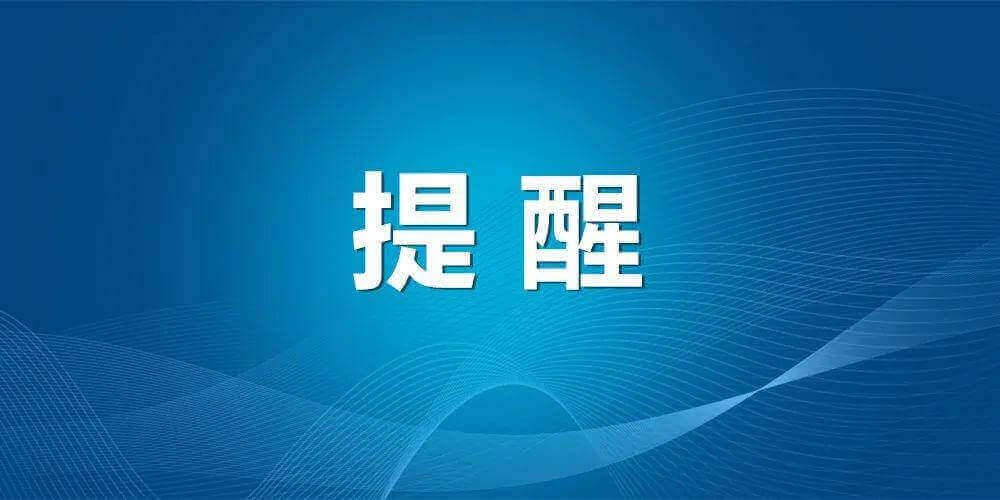The Return of the 知青 – Capital’s New Frontier in Rural China
By [Your Name]
Introduction:
The sun dipped below thehorizon, casting long shadows across the fields of Ma La’s small village. Inside his modest study, the air was thick with the scent of old books and thequiet hum of a kerosene lamp. Ma La, a former businessman turned farmer, was engrossed in a book on soil science, a testament to his newfound love for thetraditional life of a scholar-farmer. But his peaceful evening was disrupted by the unexpected visit of Li Haijun, a former 知青 (educated youth sent to the countryside during the Cultural Revolution) who now represented a powerful agricultural corporation.Li Haijun’s arrival brought with it a whirlwind of new ideas and ambitions, a stark contrast to the tranquil life Ma La had cultivated.
Capital’s New Frontier:
Li Haijun’s mission was clear: tointroduce the latest agricultural technologies, including 抗虫棉 (insect-resistant cotton), to the rural heartland of China. He spoke of a second wave of development, where capital would play a pivotal role in transforming rural China. This vision, however, sent a shiver down Ma La’s spine.He had witnessed firsthand the destructive power of unchecked capitalism in the cities, where rampant real estate speculation had driven up land prices and left many struggling to make ends meet. Now, he feared that the same forces were about to be unleashed upon the countryside.
The Vulnerability of Rural China:
Ma La’s anxietieswere not unfounded. For decades, China’s rural population had been fragmented by the 分田到户 (land distribution) policy, leaving farmers isolated and lacking collective bargaining power. This, coupled with the rapid advancements in agricultural technology, made them vulnerable to exploitation by large corporations. Li Haijun’s 抗虫棉 project, while touted as a boon to farmers, raised concerns about potential environmental damage and the long-term dependence on proprietary seeds.
A Question of Trust:
Ma La found himself at a crossroads. He understood the potential benefits of modern technology, but he also recognized the inherent risks of unchecked capitalism. Hequestioned the motives of Li Haijun and his company, wondering if they were truly interested in helping farmers or simply seeking to profit from their vulnerability.
The Need for Critical Examination:
The arrival of Li Haijun and his company marked a turning point in Ma La’s life. He realized that the future of rural Chinawas at stake, and that he could no longer afford to remain oblivious to the forces shaping his world. He resolved to delve deeper into the complexities of agricultural technology and the role of capital in rural development. He knew that the answers he sought would not be easy to find, but he was determined to understand the true implications ofthis new era for his community and for the future of China’s rural landscape.
Conclusion:
Ma La’s story highlights the growing tension between traditional rural life and the relentless march of capitalism in China. As capital seeks to expand its reach into the countryside, it is crucial to examine the potential benefits and risks ofthis new frontier. The future of rural China will depend on finding a balance between technological advancement and social equity, ensuring that farmers are not left behind in the pursuit of economic growth.
References:
- [Insert relevant sources here, following a consistent citation style.]
Views: 0
